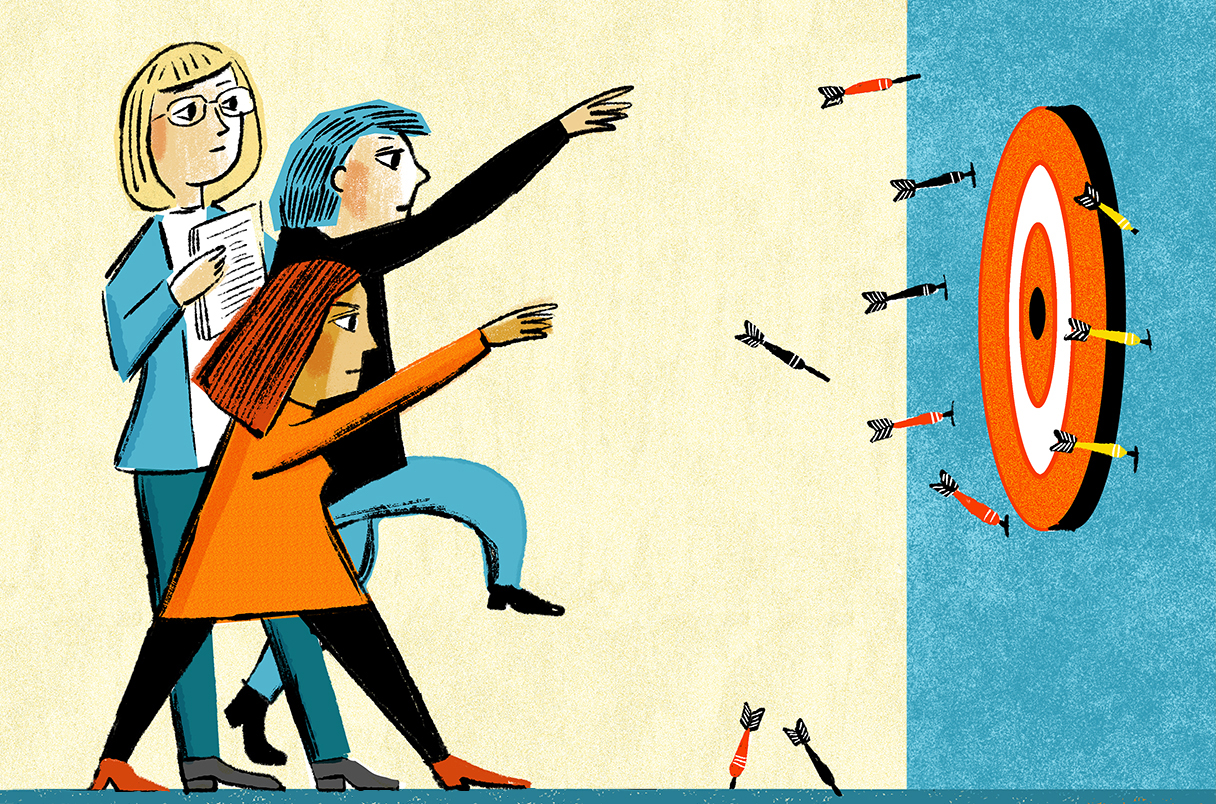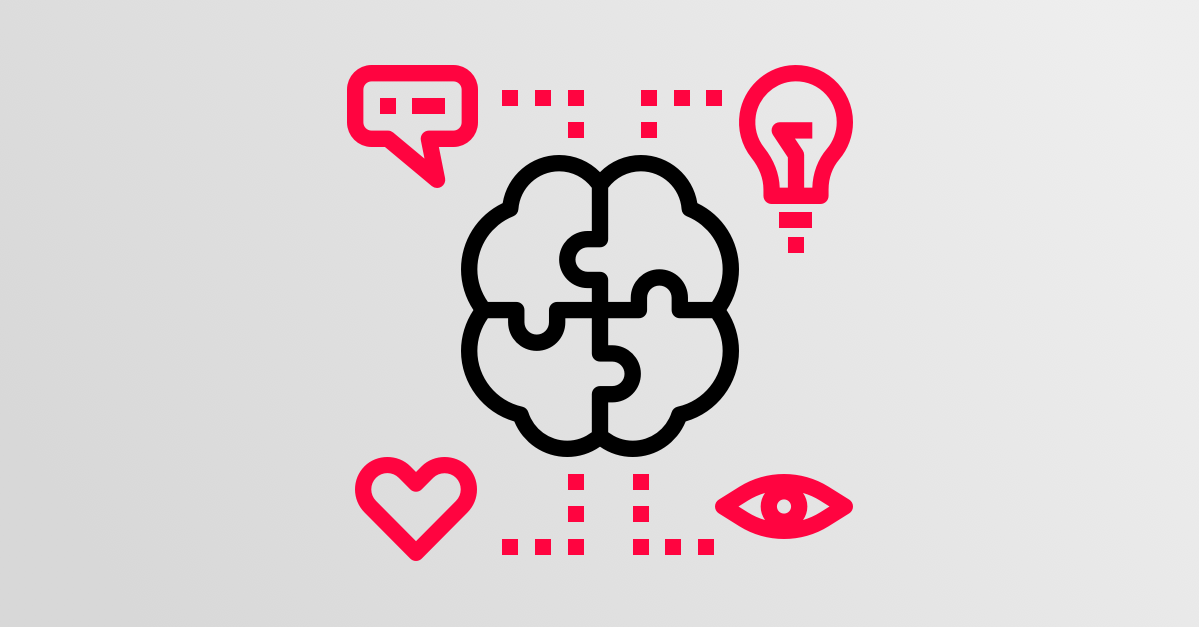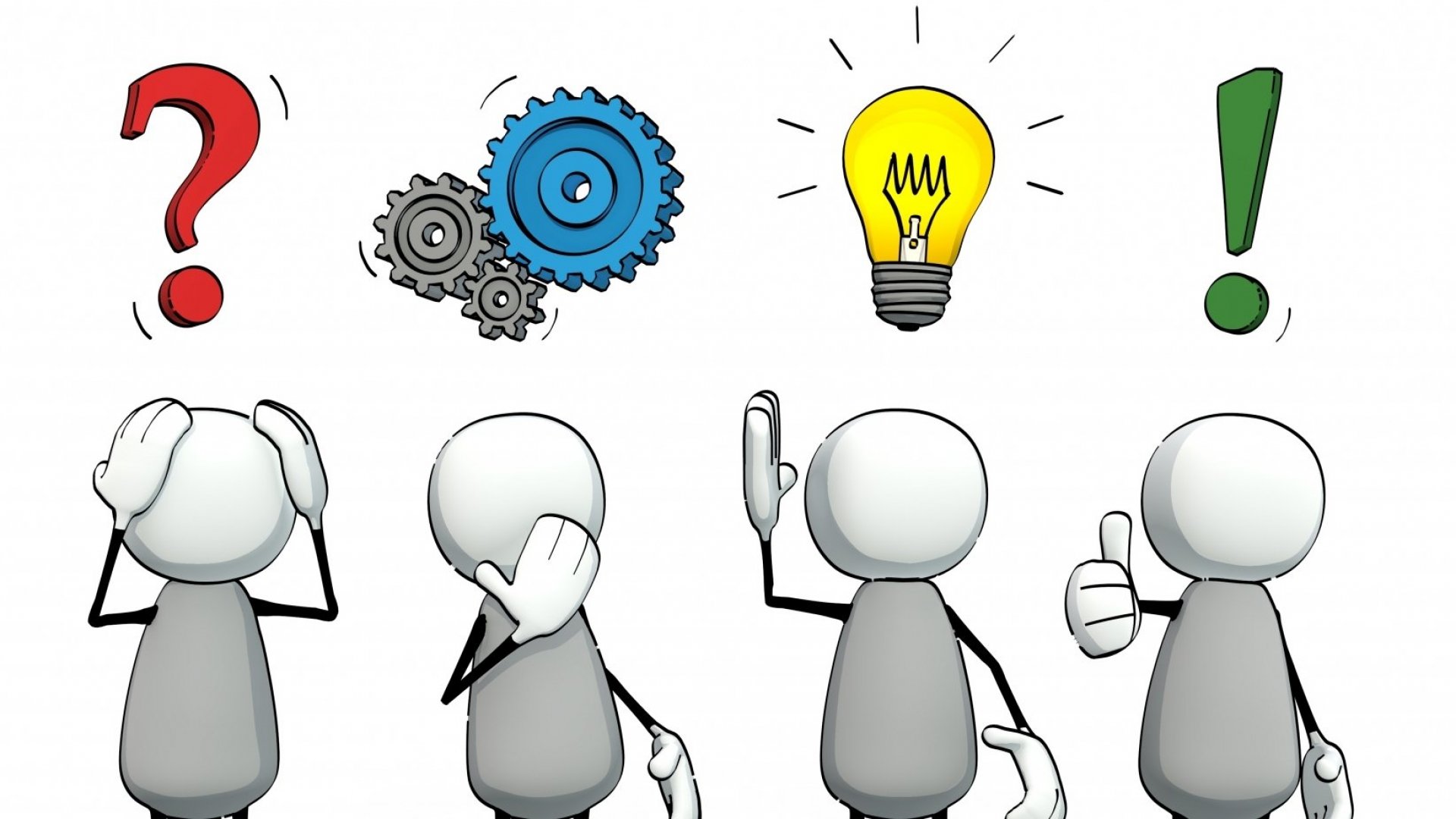Imagine yourself in a classroom, awaiting the results of your most recent math exam with bated breath. When the teacher finally brings you your graded test, you turn it over to find a large C minus scribbled in thick red ink on the back.
While you’re still in shock, your mind instantly starts to consider all possible reasons for this result. The exam questions were exceedingly difficult, the teacher didn’t properly teach the topics, the responses were evaluated unfairly, etc.
Consider what would happen if you received a big A plus instead of a graded test. With a broad grin on your face, you begin to compliment yourself on how hard you studied, how well you understood the topic, how smart you are, and it goes on. This is an example of what psychologists call the self-serving bias.
The self-serving bias is the tendency to credit favorable outcomes to internal, personal variables while unfavorable outcomes are attributed to external, situational reasons.
What Is The Effect Of The Self-Serving Bias?

This is a frequent attitude among many of us, as our first reaction is to compliment ourselves and ascribe success to our ability while blaming external sources for failures. This relatively harmless habit can have serious consequences as we grow older, emphasizing the necessity of recognizing and avoiding it.
Effect on the System
When considering communities and nations as a whole, self-serving biases might have a bigger impact. Researchers from Carnegie Mellon University investigated climate change policy and citizens’ perceptions of which countries should reduce their emissions. The researchers found that each group of students had nationalistic self-serving biases about the economic constraints that would emerge from mitigating climate change and reducing greenhouse gas emissions after the surveys were conducted among Chinese and American students.
Their findings indicated that self-serving biases play a significant role in explaining why reaching an agreement on how countries should execute emission reduction plans is so challenging. Interventions aimed at reducing self-serving biases, according to the researchers, may help to facilitate agreement in environmental policy talks at both the national and international levels. Other policy decisions at all levels of government may be influenced by the self-serving bias. To ensure that policy decisions depend on facts and to better serve the populations they serve, policymakers and government employees must reduce cognitive biases.
Effect on an Individual
It’s critical to be conscious of the self-serving bias and its possible impact on our life since it can alter how we learn from our failures and how we make decisions. The self-serving bias can be troublesome because we are less likely to learn from our mistakes and avoid them in the future if we do not credit our failures on our own mistakes. Failing, learning from our shortcomings, and then improving on them is an important part of becoming successful and reaching our life goals and desires. If a person is unable to link their failures to faults that they made, then improvement will be difficult and unlikely.
Why Does It Happen?

The Self-Serving bias is very widespread and is defined as a flawed human perceptual process. There are various reasons why self-serving bias happens so frequently among people, according to researchers.
Self-Esteem
Self-serving bias is widespread when it comes to our desire to maintain or improve our self-esteem. We avoid any real possibility of criticism by attributing our triumphs to our attributes and our failures to external events. The self-serving bias distorts our perceptions of ourselves and reality to boost and maintain our self-esteem.
Self-Presentation
The way a person presents oneself to others is referred to as self-presentation. Self-presentation is used to offer information that either matches an individual’s self-image to others or matches audience expectations and preferences. It helps people retain their self-esteem since they are affected by how others perceive them. An individual actively projects positive impressions of oneself to others to maintain their self-esteem.
Natural Optimism
Another reason for this cognitive bias’s prevalence is that humans are fundamentally optimistic. People are more likely to attribute poor results or outcomes to situational and external variables rather than personal reasons when they are unexpected. In addition to our proclivity for optimism, our self-serving bias causes us to make what psychologists refer to as a fundamental attribution error. A basic attribution error, also known as correspondence bias or the attribution effect, shows how we blame others when they make mistakes, but we blame circumstances when we make mistakes.
Culture & Age
People experience self-serving bias at some point in their lives. However, when looking at different age groups and nations, self-serving bias varies. Self-serving bias is commonly found in children and senior citizens, according to research. There is no official consensus on self-serving biases and cross-cultural impacts from a cultural standpoint. However, scholars around the world are now looking into the cultural implications of self-serving bias, specifically the disparities between Western and non-Western cultures’ self-serving bias.
Self-Serving Bias and Design Thinking Practice

Humans like to think of themselves as rational and logical decision-makers and problem solvers. The brain, on the other hand, organizes data in patterns that allow it to take shortcuts in comparable situations. Cognitive Biases are the brain’s attempt to simplify information processing leaving a lot of possibility for error in judgement (Nagarajan & Banerjee, 2019). These shortcuts connect memory as well as attention span problems. If participants in Design Thinking do not fully comprehend these biases, there is a chance of process disruption.
It takes time and experience to recognize and overcome biases. Design thinkers will also have difficulty comprehending their own biases. Skills for guiding psychologically safe sessions improve through time and with practice. This is why having a skilled moderator for your Design Thinking meetings is critical.
Blame, self-interests, claiming credit, I told you so mentalities, not synthesizing new information or ignoring information, and presuming people understand or agree with someone’s opinions are all evidence of bias flowing into a session. Emotions, motivations, constraints, and social pressures should all be understood and discussed within the team.
Awareness of the bias or biases is the first step in overcoming them (Cherry, 2017). Once the bias has been discovered, design thinkers can empathize with all of the reasons and devise a strategy to combat it.
A bias challenge draws attention to the problem and encourages the team or client to think critically about how to move beyond the bias. These challenges can help to free the mind and create a safe environment in which to tackle problems.
Design Thinking is a powerful strategy that anyone can utilize to address their most significant challenges creatively, whether they’re artists, entrepreneurs, or innovators. Solutions and ideas can be freely offered without fear or stress when problems are explored in a psychologically secure environment. Cognitive biases must be identified and discovered early in the Design Thinking process to promote productive sessions. After the biases have been addressed, the group or team may be able to go on and be more creative in their problem-solving sessions.
How Does A Design Thinking Practitioner Manage Self-Serving Bias?

Self-serving bias is common, however, there are various methods to avoid it and keep it from influencing our decisions. To begin, conscious awareness aids in understanding our vulnerability to self-serving bias. When people become aware of typical cognitive biases, they can begin to recognize them in their own lives and rectify them.
Another technique to minimize self-serving bias is to develop self-compassion. When someone is self-compassionate, they can minimize their defensiveness and absorb criticism more easily when trying to improve themselves. The ability to perceive and commit to easing one’s sorrow is known as self-compassion. The following elements constitute self-compassion:
- Ability to show self-kindness, particularly when confronted with a personal setback.
- An individual’s ability to comprehend their common humanity, or rather, the fact that they are human and that other individuals have similar experiences and shortcomings.
- Finally, an individual’s mindfulness, or the ability to recognize unpleasant ideas without judging them.
Although biases and mental shortcuts can never be totally eliminated because they are sometimes necessary, their impact on conceiving human-centric innovations can be considerably decreased by using Design Thinking. It takes a comprehensive approach to the problem context, which is made feasible by incorporating a greater grasp of the human element involved in the experience or product usage. This method’s main benefit is that it gives a simple structure for shifting to intentional modes of thinking while also promoting problem awareness and teamwork.
https://thedecisionlab.com/biases/self-serving-bias
https://www.bbc.com/worklife/article/20200827-how-survivorship-bias-can-cause-you-to-make-mistakes
https://thedecisionlab.com/biases/survivorship-bias
https://www.bbc.com/worklife/article/20200827-how-survivorship-bias-can-cause-you-to-make-mistakes
https://drmattgoodwin.medium.com/design-thinking-empathy-and-bias-70621d9b4e87
https://www.boardofinnovation.com/wp-content/uploads/2017/08/16-Cognitives-biases.png
Written By: Jimmy Jain
Edited By: Afreen Fatima
Society of Design Thinking Professionals









